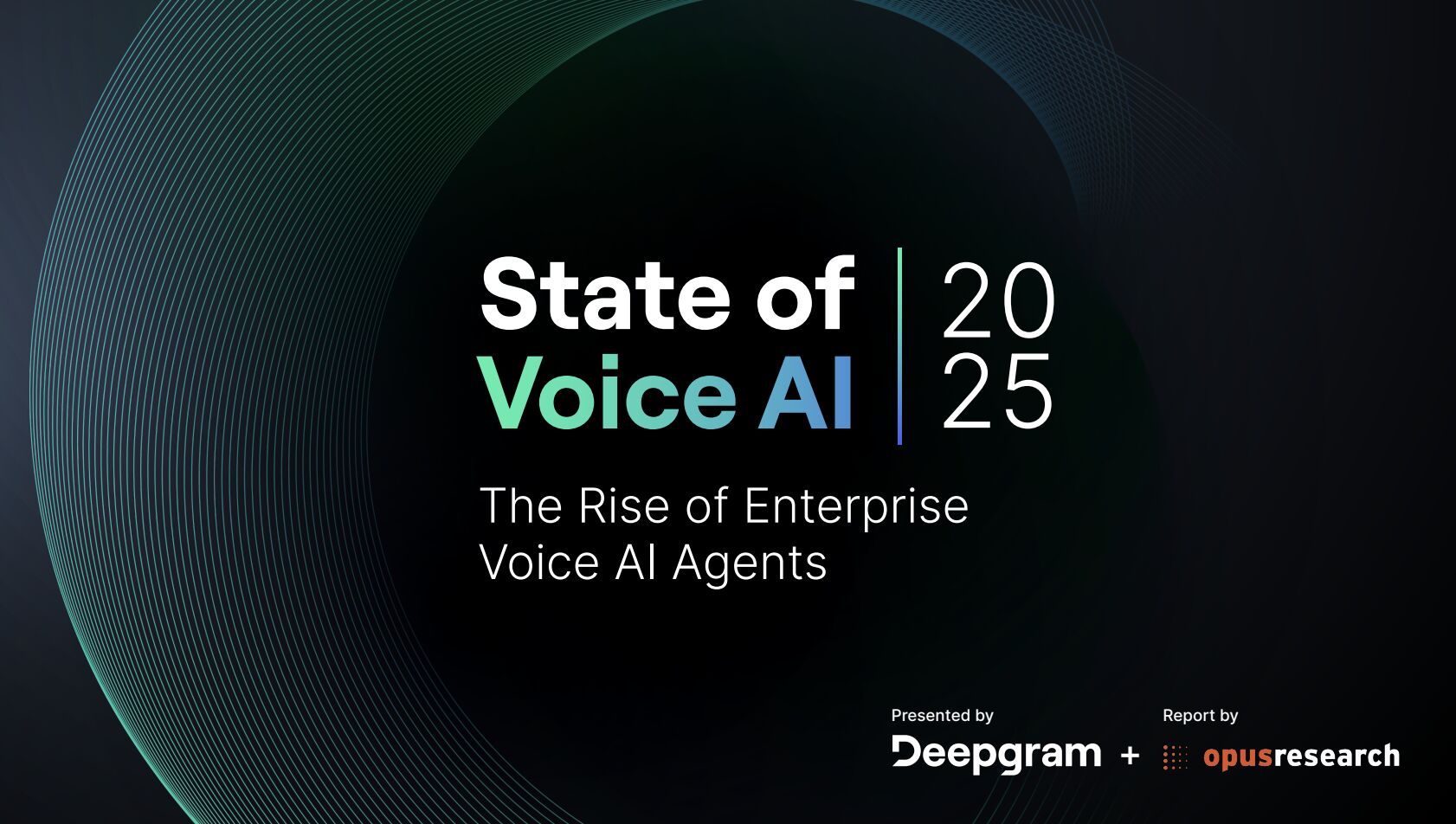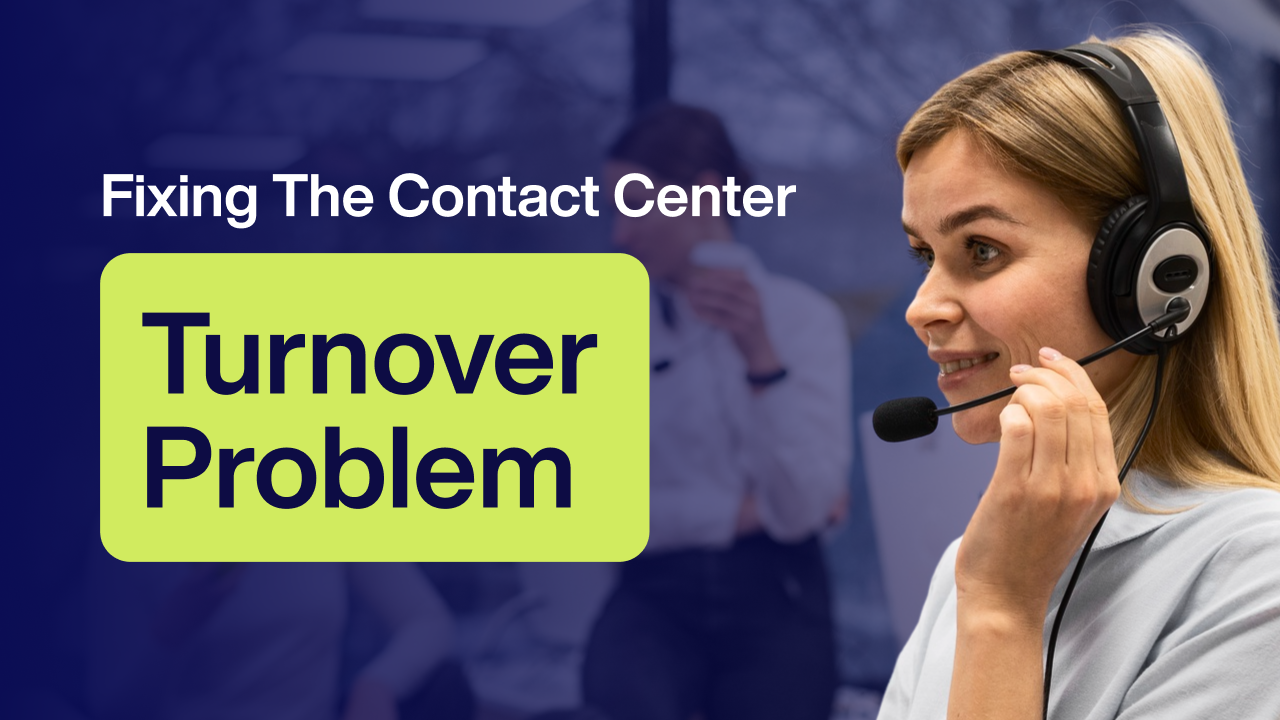Live Agents + Ai (Not the other way around)

Generative AI, especially conversational AI, is rapidly reshaping customer experience (CX). As businesses race to adopt AI-driven solutions, there's a risk these technologies become so widespread that their unique value quickly fades, turning them into commoditized services long before their potential is fully realized.
Yet, amid the excitement of technological advancements, it's crucial to recognize where AI excels—and where it truly needs the irreplaceable human touch.
Generative AI is perfectly suited to automate repetitive, mundane tasks: scheduling appointments, answering frequently asked questions, and routing calls efficiently. Offloading these routine tasks to AI allows human agents to focus on what they do best—engaging deeply and meaningfully with customers.
In industries like healthcare, where conversations involve sensitive and complex topics such as health diagnoses, treatment options, or detailed medical billing inquiries, the value of human interaction is profound. Live call center agents bring empathy, understanding, and nuanced communication that AI cannot yet replicate.
Furthermore, healthcare interactions involve legal obligations such as HIPAA compliance. Entrusting sensitive patient interactions entirely to automated conversational AI not only risks regulatory compliance but could also severely damage the trust between healthcare providers and their patients if mishandled.
AI technology will undoubtedly continue to evolve, expanding the range of topics it can comfortably handle. However, the delicate nature of healthcare communications means human oversight and direct interaction remain paramount. AI should be a supportive tool, not a replacement for human expertise.
Let’s allow AI to handle the scheduling, reminders, and basic queries, freeing call center agents to engage in meaningful, human-centric interactions. This balance is key to not only maximizing the potential of AI but also preserving the essential human connection vital in patient care and customer satisfaction.

No Spam —
Just Good Stuff.
Join our newsletter for actionable advice, insider knowledge, and strategies that drive real results.
No fluff, just value.
.png)
%20(1).png)
From The Blog
Read All Articles
Hybrid AI That Stops Churn in Telecom and Retail

Balancing Compliance, Empathy, and Efficiency: EGS’s Hybrid AI in the Real World

AI-Human Hybrid Support: Raising the Bar on Fraud Detection and Compliance

How Hybrid AI Reduces Patient No‑Shows and Scheduling Burnout

Stop Stockouts Before They Start: AI‑Human Hybrid QA for Supply Chain Accuracy

Balancing Compliance, Empathy, and Efficiency: EGS’s Hybrid AI Across Industries

Hybrid AI Voice Bots: Better CX, Happier Agents, and Smarter Schedules

Hybrid AI in Banking: Handling Complex Service Without Losing the Human Touch

Hybrid AI for Financial Services: Solving Complex Service Without Losing the Human Touch

How Hybrid AI Reduces Patient No-Shows and Scheduler Burnout

Hybrid AI That Actually Moves the Needle in Healthcare RCM

How AI-Human Collaboration Elevates Quality Assurance on the Factory Floor

Why Nearshore Hybrid BPOs Outperform Offshore Automation Centers

How Hybrid AI Voice Bots Elevate CX and Make Agents Unstoppable

AI‑Human Hybrid Support That Elevates Fraud Detection and Compliance

How Hybrid AI Streamlines Healthcare Revenue Cycle—Without Losing the Human Touch

AI-human hybrid quality assurance for supply chain accuracy

Why Nearshore Hybrid BPOs Outperform Offshore Automation Centers

AI + Human QA on the Line: How Hybrid Teams Raise Manufacturing Quality

Why Nearshore Hybrid BPOs Outperform Offshore Automation Centers

How AI-Human Collaboration Elevates Quality Assurance in Modern Manufacturing

Hybrid AI That Keeps Schedules Full: Reducing Patient No‑Shows and Burnout

Why Nearshore Hybrid BPOs Outperform Offshore Automation Centers

Hybrid AI That Quietly Fixes Healthcare RCM—Starting With the Schedule

How AI-Human Collaboration Raises the Bar on Manufacturing Quality Assurance

How Hybrid AI Tackles the Toughest Banking Service Moments

AI + Human QA: How Hybrid Teams Catch Defects Early and Strengthen Audits

How Hybrid AI Cuts Churn in Telecom and Retail—Without Losing the Human Touch

Hybrid AI for Financial Services: Faster Resolution, Stronger Compliance, Human-Centered Support

Hybrid AI That Fills Schedules and Eases Burnout: Reducing Patient No-Shows in Healthcare

Hybrid AI-human support that strengthens fraud detection and compliance—without breaking customer trust

AI + Humans: Elevating Quality Assurance on the Factory Floor

AI-human hybrid quality assurance for supply chain accuracy

Hybrid AI That Keeps Schedules Full—and Clinicians Fresh

AI-Human Hybrid Support: Stronger Fraud Detection and Compliance at the Contact Center

Why Nearshore Hybrid BPOs Outperform Offshore Automation Centers

From Empty Slots to Full Days: Hybrid AI Scheduling That Reduces Burnout

From No‑Shows to Full Days: Hybrid AI That Fixes Provider Schedules Without Burning Out Staff

From Empty Slots to Full Schedules: Hybrid AI That Boosts Access and Reduces Burnout

Stop the Scheduling Spiral: Hybrid AI That Fills Schedules Without Burning Out Providers

Stop Empty Slots from Fueling Burnout: Hybrid AI-Human Scheduling for Health Systems

From Empty Slots to Full Days: Hybrid AI Scheduling for Health Systems

From Hold Music to Full Schedules: Hybrid AI That Lifts Provider Productivity Without Burning Out Staff

Stop the Scheduling Whiplash: Hybrid AI That Fills Last‑Minute Openings Without Burning Out Your Staff
.png)
Stop the Scheduling Spiral: How Hybrid AI Keeps Providers Productive and Patients Seen
.png)
AI & Financial Services: Where Compliance Meets Conversation

E-commerce's Hybrid AI Advantages: From Order Status to Complicated Returns
.png)
Customer Service & Experience East 2025 (Reuters Events)
.png)
NACHC’s Workforce Conference (formerly FOM/IT)
.png)
Healthcare's AI-Human Sweet Spot: When Empathy Meets Efficiency
.png)
Choosing the Right Contact Center Technology Stack for Your Industry
.png)
Order Management Support: Where AI Excels & Where It Fails
.png)
Customer Success vs. Customer Support: When to Use AI vs. Human Touch

687% Increase in Referral Processing in 6 Months: How One Healthcare Organization Turned Its Patient Support Around

5 Warning Signs Your Medical Referral Process Needs Immediate Attention

AI‑Powered Healthcare Contact Centers: What CX Leaders Need to Know

AI‑Powered Healthcare Contact Centers: What You Need to Know

Healthcare Contact Centers: What Others Are Just Diagnosing, EGS Has Already Solved

Real-Life Use Cases of Contact Center Automation for Cost Reduction

5 Proven Use Cases of Contact Center Automation That Cut Costs by Up to 30%

How Leading Companies Are Reducing Support Costs and Boosting Customer Satisfaction with AI

Real-Life Use Cases of Contact Center Automation for Cost Reduction
























.png)


.png)
.png)
.png)
.png)
.png)
.png)
.png)
.png)
.png)
.png)
